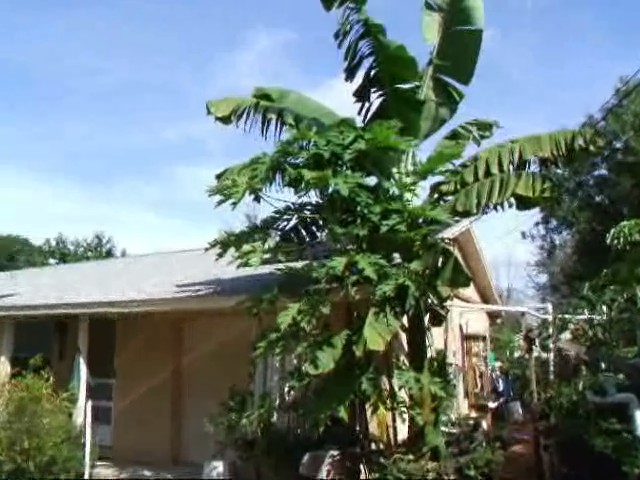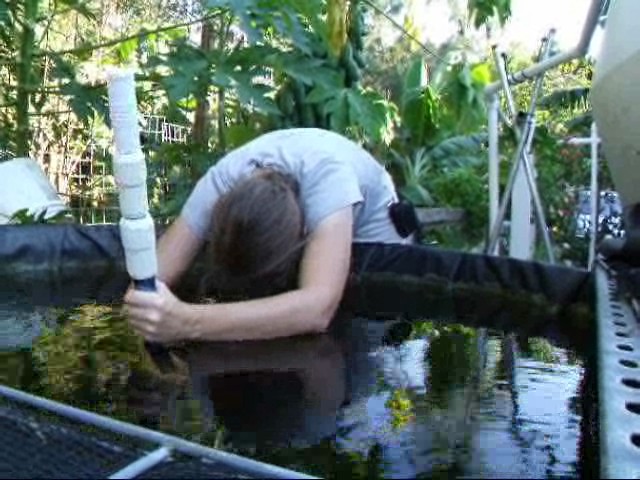There really isn’t much difference in cycle time between methods (and the ways to “speed up cycling” really don’t do all that much to speed it up either, I guess people just like to feel they are doing something pro-active and that is a big part of the problem.) It’s the stress involved when people will, almost always get too many fish to cycle up sanely with fish. And whether you are cycling with fish or not, you really should get the test kit before you add anything to your system.
I always recommend getting the test kit before you even add water so that when you do finally get to add water you can run your baseline water tests to start learning about your source water.
The problem with people doing things like chasing pH up and down and doing water changes etc. really has nothing to do with cycling with or without fish. It is usually people trying to rush the process of feeling they should be able to DO something to fix it instead of letting the eco-system establish itself.
Patience is the most important thing people can add to make everything work better. There are only a few things in aquaponics that should ever require immediate FAST reactions and they usually have to do with water not flowing, air not blowing or fish not in water. (Power out, pump or plumbing failures or fish jumping out.) Those situations require doing something immediately to hopefully save the fish. Pretty much all other circumstances you should take a moment to think and test and “NOT Feed the fish” while you figure out what to do.
Chasing pH is a bad idea. If your pH is low you can carefully use buffers to bring it up and keep it in the desirable range, aquaponics will naturally lower pH over time so unless your source water is really hard, you will likely need to buffer the pH some. If your source water is really hard, you may have issues. This is probably where most people are having the biggest difficulty with aquaponics and pH. They have liquid limestone as well water. Using acid in an aquaponics system is a bad idea so I usually tell people to set up a water prep tank for adjusting their water before using it in a system but even then I don’t like to use acid all the time. For my own systems I try to collect as much rain water as I can but if you don’t get enough rain, perhaps a Reverse Osmosis filter is a better choice than constant use of acid and the excess calcium it may be liberating into the water all the time (if you have too much calcium in the system it could pose problems with potassium.)
Other problem is many people will get the cheapest pea gravel because they heard that some one else used pea gravel just fine (problem is pea gravel only describes the shape/size and not what the actual rock is and in some parts of the country the cheap pea gravel will be limestone.) If your rocks are largely calcium carbonate, no amount of acid is going to bring your pH down to an acceptable level. You are better off dumping the rocks and replacing them with something that won’t affect your pH long term.
Here are a bunch of blog posts to do with pH
Believe me, I’ve dealt with both hard well water AND bad choices in media. I’m speaking from long term experience.
I also understand that what works for one place might be very different in another since the source water for your system will have a big impact on water chemistry. Also, the amount of water you have to top up all the time will have a big impact. Large leaks or overflows causing a system to constantly top up with hard well water could really impair the systems ability to grow lush veggies. Systems can still grow lots of great veggies even under such circumstances, however they can often become far more productive by correcting the problem. Using acid doesn’t count as correcting the problem, it is only attempting to treat the symptom which is likely to have it’s own set of negative side effects.





Oh you are SO right! When I started my system, I would fine the pH too high, add acid to bring it down (which killed the bacteria I’d worked so hard to establish), and the next day the pH would be right back up again. One time I was too drastic and killed the whole tank of fish.
Leaving it alone is hard. But it’s the only way.